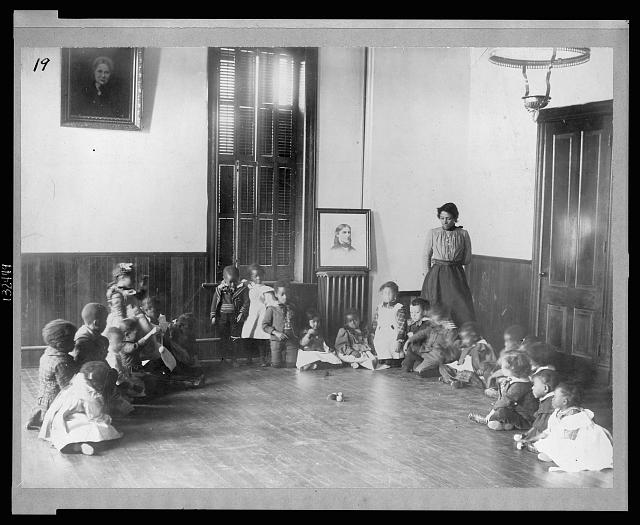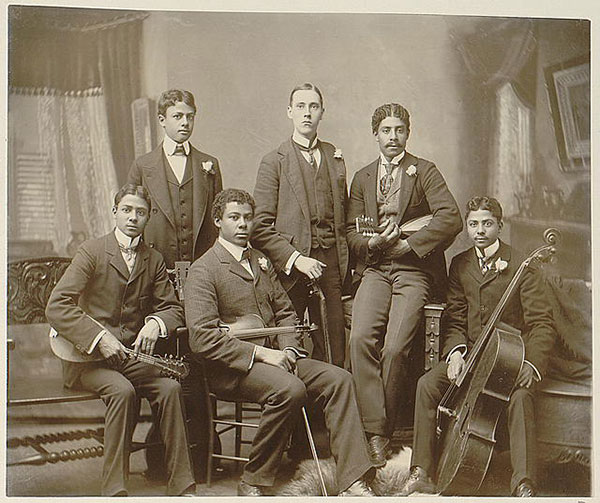
Good Morning POU!
We continue our look at the African American exhibit displayed at the 1900 World’s Fair in Paris and presented by W.E.B. Du Bois.
Howard University class picture 1900
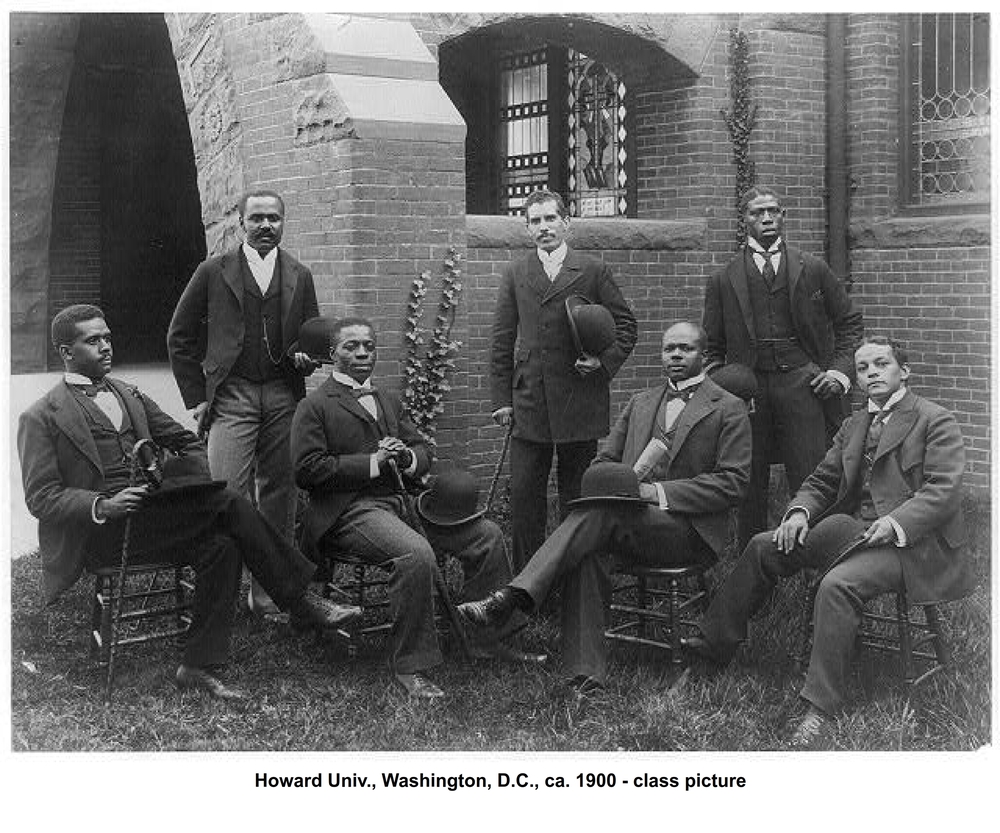
At the time, Du Bois was a professor of sociology at Atlanta University, committed to combating racism with empirical evidence of the economic, social, and cultural conditions of African Americans. He believed that a clear revelation of the facts of African American life and culture would challenge the claims of biological race scientists influential at the time, which proposed that African Americans were inherently inferior to Anglo-Americans.
Summit Avenue Ensemble, Atlanta, Georgia
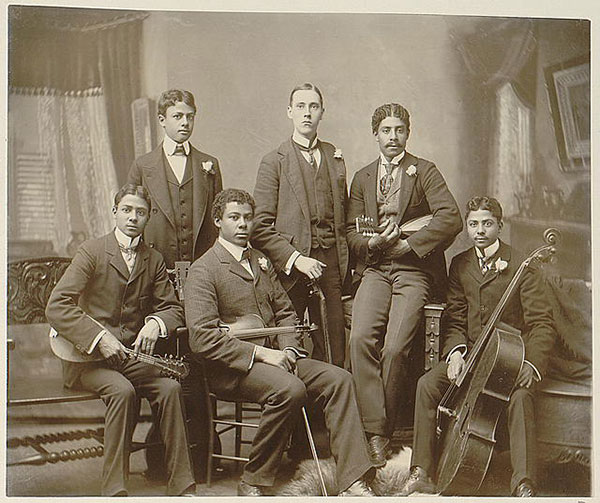
African American family posed for portrait seated on lawn
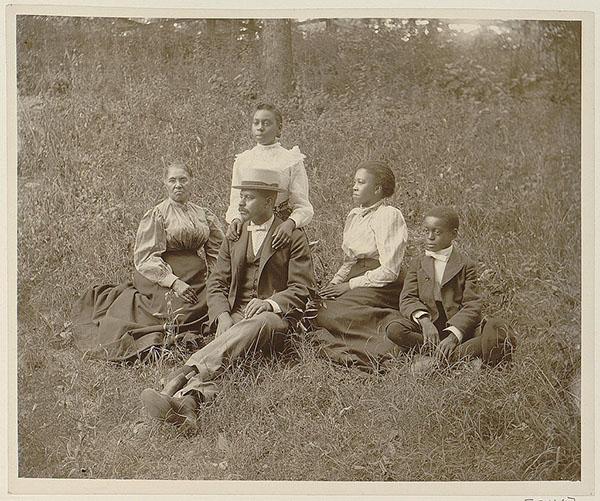
The photographs of affluent young African American men and women challenged the scientific “evidence” and popular racist caricatures of the day that ridiculed and sought to diminish African American social and economic success. Further, the wide range of hair styles and skin tones represented in the photographs demonstrated that the so-called “Negro type” was in fact a diverse group of distinct individuals. The one public statement Du Bois made concerning these photographs was that visitors to the American Negro exhibit would find “several volumes of photographs of typical Negro faces, which hardly square with conventional American ideas.”
Law graduating class at Howard University, Washington, D.C., circa 1900
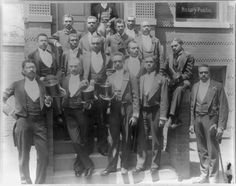
African American baby wearing christening gown 1900
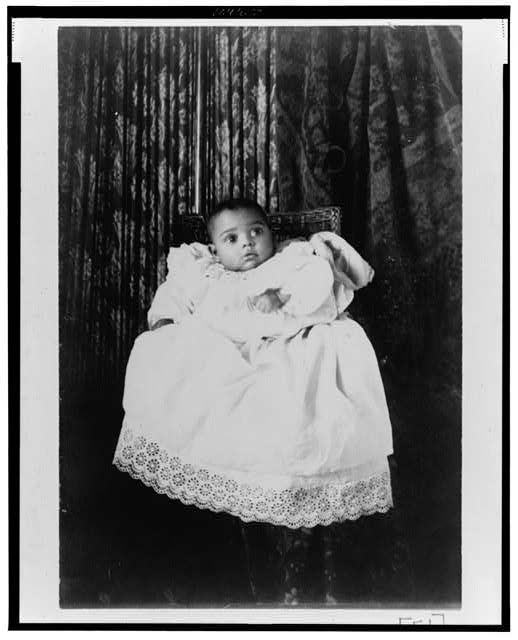
The exhibit was a joint effort between Daniel Murray, the Assistant Librarian of Congress, Thomas Calloway, a lawyer and the primary organizer of the exhibit, and W.E.B. Du Bois. Du Bois’s personal work for the American Negro exhibit was extensive and much praised. In the Spring of 1900, Paris Exposition judges awarded him a gold medal for his role as “collaborator” and “compiler” of materials for the exhibit. In all, The Negro Exhibit was awarded with seventeen medals during its time on display at the Paris Exposition. Specifically, it received “two grand prizes, four gold medals, seven silver medals, two bronze medals and two honorable mentions” in the various categories of appraisal.
Board of directors of the Coleman Manufacturing Co., Concord, N.C., the only Negro cotton mill in the U.S.

Claftin University baseball team, Orangeburg SC
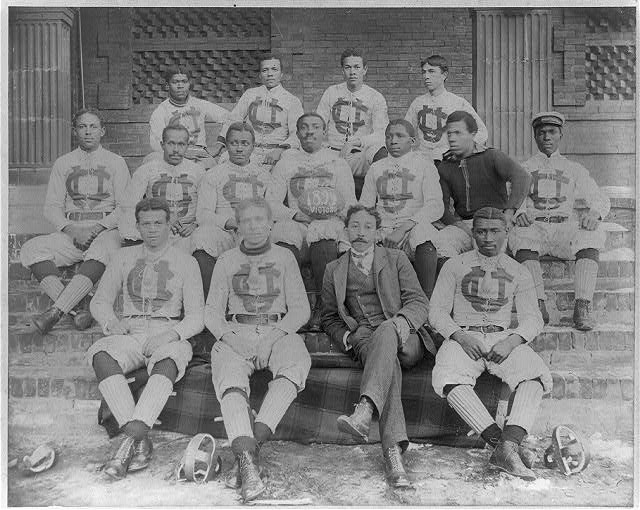
Kindergarten at Haines Normal and Industrial Institute, Augusta, Georgia
